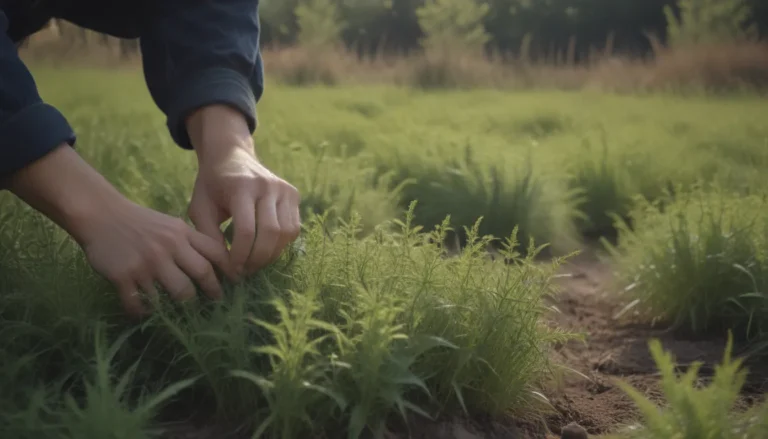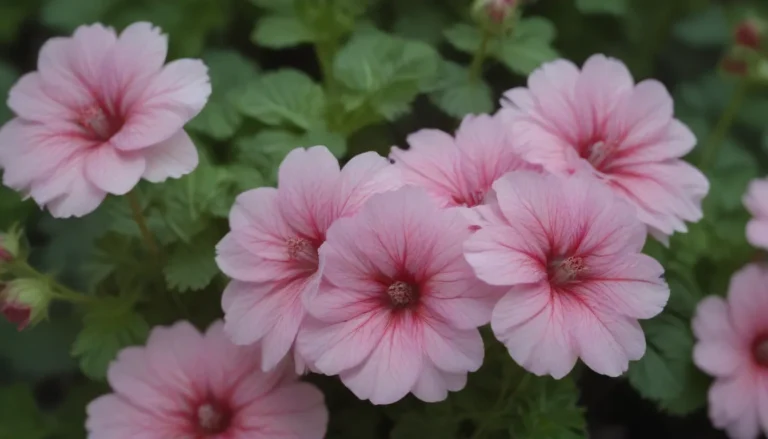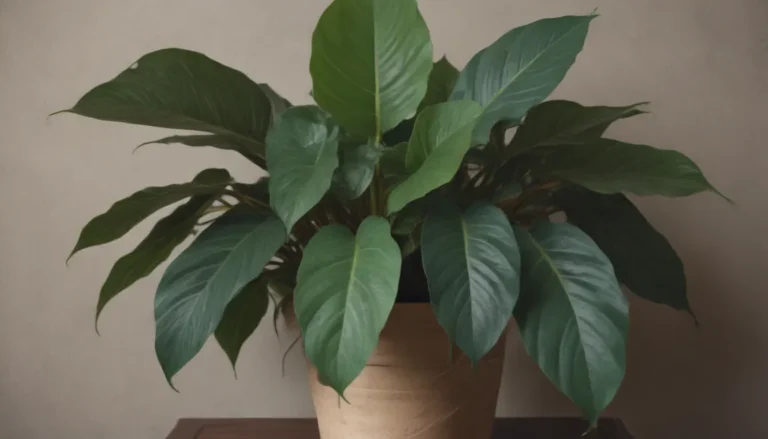The Ultimate Guide to Growing and Caring for Macho Ferns

If you’re looking to add some tropical flair to your indoor or outdoor space, macho ferns are a fantastic choice. These bold, vibrant green ferns are known for their impressive size and lush fronds that can reach up to 3 to 4 feet long. In this comprehensive guide, we’ll walk you through everything you need to know about growing and caring for macho ferns, from planting and watering to pruning and troubleshooting common problems.
Introduction to Macho Ferns
Macho ferns, also known as Nephrolepis biserrata, are native to warm, humid regions such as Florida, Hawaii, and Puerto Rico. These impressive ferns are often found growing naturally in swamps and wetlands, thriving in shady, moist conditions with acidic soil. Unlike their smaller counterparts like Boston ferns and Kimberly queen ferns, macho ferns can truly make a statement with their large, dramatic fronds.
Planting Macho Ferns
When it comes to planting macho ferns, timing is key. The best time to plant these ferns outdoors is in the spring or fall, allowing them to establish themselves in moderate temperatures before the extremes of summer or winter kick in. Whether you’re planting them in a garden bed or a container, make sure to choose a location that receives shade or partial sunlight to prevent the delicate fronds from getting scorched.
Key Points for Planting:
- Plant in spring or fall for best results.
- Choose a shady or partly shaded spot.
- Provide well-draining, acidic soil.
Macho Fern Care Tips
While macho ferns are relatively low-maintenance plants, they do have specific care requirements that need to be met for them to thrive. Here are some essential tips to keep your macho fern healthy and happy:
Light:
- Outdoors: Place in a shady or partly shaded location.
- Indoors: Provide medium to bright indirect light.
- Avoid direct sunlight, especially in the afternoon.
Soil:
- Use moist but well-draining soil.
- Consider adding organic matter and perlite for aeration.
- Homemade soil mix: potting soil, peat moss, coco coir, perlite, and orchid bark.
Water:
- Keep soil consistently moist, but not waterlogged.
- Water once or twice a week indoors, depending on temperature.
- Adjust frequency based on humidity levels.
Temperature and Humidity:
- Suitable for USDA zones 9 and 10.
- Requires warm, humid conditions.
- Not frost-tolerant, so protect from cold temperatures.
Fertilizer:
- Young plants: Fertilize every six weeks with a balanced, all-purpose fertilizer.
- Mature plants: Fertilize every six months for maintenance.
Pruning and Propagating Macho Ferns
To keep your macho fern looking its best, occasional pruning may be necessary. When you notice fronds dropping or becoming overcrowded, gently trim them back by 2 inches to refresh the plant and maintain its shape. Additionally, propagating macho ferns can be done through division in the spring, allowing you to expand your fern collection or share with friends.
Pruning:
- Trim fronds back by 2 inches for a refreshed look.
- Shape the plant as needed.
Propagating:
- Divide mature ferns in the spring for new growth.
- Follow simple steps for successful division.
Potting and Repotting Macho Ferns
If you’re growing your macho fern in a pot or container, regular repotting is essential to ensure the plant has enough space to continue thriving. While macho ferns can tolerate being slightly root-bound, repotting every one to two years will provide them with the necessary room to grow. When repotting, move up only one pot size at a time and be gentle with the delicate roots.
Repotting Tips:
- Repot every one to two years.
- Move up one pot size at a time.
- Be mindful of delicate roots during repotting.
Overwintering Macho Ferns
For those living in colder climates below USDA zone 9, overwintering macho ferns indoors is essential to protect them from frost and cold temperatures. During the winter months, the fern will go into dormancy and require less frequent watering. When transitioning the plant indoors, be sure to check for pests and quarantine it if necessary to prevent any infestations from spreading to other plants.
Overwintering Tips:
- Bring indoors below USDA zone 9 before frost.
- Apply pest treatment as a precaution.
- Adjust watering frequency for dormancy.
Dealing with Pests and Common Problems
While macho ferns are generally hardy plants, they can still fall victim to common pests and issues. Keeping an eye out for signs of infestations or health issues will help you address them promptly and keep your macho fern in top condition.
Common Pests:
- Mealybugs
- Scale
- Aphids
- Fern mites
- Treat with rubbing alcohol or insecticide as needed.
Common Problems:
- Browning and crispy tips: Increase humidity levels.
- Yellowing leaves: Reduce watering frequency.
- Dropping leaves: Adjust light and water levels as needed.
Conclusion
In conclusion, macho ferns are stunning plants that can add a touch of tropical elegance to any indoor or outdoor space. By following the care tips outlined in this guide, you can ensure that your macho fern thrives and remains healthy for years to come. Whether you’re a seasoned plant parent or new to gardening, growing and caring for macho ferns is a rewarding experience that will bring beauty and greenery to your home.
With their vibrant fronds and impressive size, macho ferns are sure to make a statement in your garden or home. Whether you’re looking to add a touch of the tropics to your outdoor space or brighten up a shady corner indoors, these ferns are a fantastic choice. By following the guidelines provided in this article, you’ll be well-equipped to grow and care for macho ferns successfully. So go ahead, get your hands dirty, and enjoy the lush beauty of these fabulous ferns!





